Sometimes I am browsing through photographs, and a picture will capture my eye and inspire a post. In this case, it was a series of photographs of the sunflower fields of the Czech Republic that caught my eye, and before I knew it, this post was born. It seems fitting, though, because there is something about these huge sunny flowers that has always intrigued me, and I am not alone in this.
Why are so many people drawn to sunflowers?
Perhaps it is because no other flower can quickly lift someone’s spirits like the sunflower.
These cheery flowers are bright and hopeful. They are as warm and inviting as the sweet summer sun. Their petals carry a brilliant and bright yellow color and are often referred to as rays, much like the sun’s rays. Humans need the sun – in fact, everything on earth needs the sun, and maybe that is why so many are intuitively drawn to this flower. Ask any flower shop owner, and they will tell you they are a favorite, especially in summer.
What’s in a name?
Helianthus annuus is the botanical name of this flower, and it blooms annually. In Greek the word“helios” means sun, “anthos” means flower, and “annuus” means annual (or yearly), so the botanical name’s literal translation is sunflower yearly.
Where did it come from?
Cultivated as early as 3000 B.C., sunflower seeds are one of the unique crops native to the American continent that are still popular today. The sunflower is believed to have been domesticated from wild sunflower around the year 1000 B.C. in the western United States. They were then cultivated as a valuable food source for centuries. The American Indian first domesticated the plant into a single-headed plant with a variety of seed colors, including black, white, red, and black/white striped. Some archaeologists even suggest that sunflowers may have been domesticated before corn.
Sunflower was used in many ways throughout the various American Indian tribes. The seed was ground or pounded into flour for cakes, mush, or bread. Some tribes mixed the meal with other vegetables such as beans, squash, and corn. The seed was also cracked and eaten for a snack. There are references to squeezing the oil from the seed and using the oil in making bread. Non-food uses include purple dye for textiles, body painting, and other decorations. Parts of the plant were used medicinally, ranging from snakebite to other body ointments. The oil of the seed was used on the skin and hair. The dried stalk was used as a building material. The plant and the seeds were widely used in ceremonies.
With the European exploration of the New World, the sunflower was brought to new areas in 1510, and the flower’s popularity eventually spread as the rest of the world began to appreciate its beauty and sustenance.
Powerful popularity boom.
Europeans never viewed it as a food plant until it reached Russia in the late 1800s. During this period, the flower’s popularity spread, and the rest of the world began to appreciate its beauty and sustenance. In 1716, an English patent was granted for squeezing oil from sunflower seeds. During that time, sunflowers became popular as a cultivated plant, and most of the credit is given to Peter the Great. By 1769, literature mentions sunflowers cultivated by oil production. By 1830, the manufacture of sunflower oil was done on a commercial scale.
In 1860, the Russians began improving the sunflower into a modern crop. Russian farmers were growing over 2 million acres of sunflower by 1890. The Russian Orthodox Church increased its popularity by forbidding most oil foods from being consumed during Lent. However, the sunflower was not on the prohibited list and therefore gained immediate popularity as a food.
Finally, by the late 1940s, Americans were able to bring back sunflower varieties with an oil content of nearly 50 percent. Prior to that, American varieties only had 20 to 30 percent seed oil content. The native North American sunflower plant has finally come back home.
In Mathematics.
Interestingly enough, the sunflower possesses florets in its cluster that form spirals at angles right and left related to Fibonacci numbers. Look closely at the flower head of a sunflower. You will see the seeds arrange themselves in spirals. One set of spirals turns to the left and another set to the right. Count the number of spirals in each direction. They will almost always be two numbers in the Fibonacci series. If you remember back to math class, each number in the sequence is the sum of the previous two numbers.
“Patterning seeds in spirals of Fibonacci numbers allows for the maximum number of seeds on a seed head, packed uniformly, with no crowding at the center and no ‘bald patches’ at the edges. In other words, the sunflower has found optimal space utilization for its seed head. The Fibonacci sequence works so well for the sunflower because of one key characteristic—growth. On a sunflower seed head, the individual seeds grow, and the center of the seed head continues to add new seeds, pushing those at the periphery outwards. Following the Fibonacci sequence ensures growth on the same terms indefinitely. That is to say, as a seed head grows, seeds will always be packed uniformly and with maximum compactness.” (Courtesy of the Biomimicry Guild)
In Art.
Artists throughout history loved the sunflower’s unique splendor. Sunflowers inspired Vincent van Gogh.
His fascination with them influenced many other artists of the Impressionist period, and for a while, it seemed that the sunflower was the most painted flower.
Sunflower images as religious symbols have also been documented in some native societies.
These days we’ve traded the paintbrush for a camera, and the sunflower is now one of the most photographed of all flowers worldwide. Wild sunflowers growing in fields are often photographed with their tall stalks and bright petals stretched toward the sun.
Sunflowers are continually positioning themselves in the sun’s direct path to receive the maximum amount of nourishment, which its brilliant yellow color reflects. This interesting behavior is known as phototropism.
Sunflower Beliefs.
It is said that planting sunflowers in your garden brings good luck. For flower enthusiasts, sunflowers are known for being “happy” flowers, making them the perfect gift to bring joy to your or your loved ones’ day.
The Victorians believed that the flowers carried loyalty and pride and represented the sunshine, bringing health, healing, and growth.
The Inca painted sunflowers in their temples, high in the Andes mountains. 1532 Francisco Pizarro wrote that he saw the Incas worship the giant flower. Priestesses of the Inca Empire also wore large golden sunflower disks on top of their garments.
Native American tribes honored the sunflower, using the seeds for food, oil, and other parts of the plant in ceremonies, clothing, and medicine. Many Indians used this as their main medicine for respiratory ailments like lung infections, bronchitis, and pleurisy. They made a decoction out of the sunflower petals and consumed it after.
They placed sunflower seeds by graves. They also believed that their brave warriors could overcome long distances of travel without food except for a bag of milled sunflower seeds. Some Native people also saw sunflowers as a symbol of courage, so that warriors would carry sunflower cakes to battle with them, or a hunter would sprinkle sunflower powder on his clothing to keep his spirit up.
In Native American symbolism, the sunflower is used in late summer festivals as a symbol of bounty, harvest, and provision. It is a symbol of the sun and thus likened to the life-giving force of the Great Spirit. The color of the sunflower was noted for its vitality and symbolism of energy as well as fertility.
In esoteric Christianity, the sunflower is a symbol of God’s love. It represents the unwavering faith that guides the soul to the highest spiritual attunement.
In Greek beliefs, the sunflower symbolizes Clytie, a water nymph who turns into a sunflower after grieving the loss of her love, Apollo. The mythological symbolism here is that Clytie (in the form of a sunflower) is always facing the sun, looking for Apollo’s chariot to return, and she might be joined again with her love.
In Chinese symbolism, sunflowers signify intelligence, strength, good luck, and a long life.
In the language of flowers, giving sunflowers reveals adoration, loyalty, and longevity.
In the modern world, sunflowers are the gift of choice for third wedding anniversaries.
They are the state flower of Kansas, which is known as the Sunflower State.
The best place to view sunflower fields in the United States is along Missouri roadsides in mid to late summer.
Another more recent sunflower meaning is a world free of nuclear weapons. When Ukraine surrendered its last nuclear warhead in 1996, officials from Russia, the United States, and Ukraine marked the event by scattering and sowing sunflower seeds.
Much of the meaning of sunflowers stems from its namesake, the sun itself. These flowers are unique in that they have the ability to provide energy in the form of nourishment and vibrancy—attributes that mirror the sun and the energy provided by its heat and light.
Sunflower seeds are also an amazing superfood.
To Your Health.
With all of the excitement surrounding exotic superfoods like the Acai berry, Maca, or raw Cacao, it can be easy to overlook food in our backyard for thousands of years. Perhaps that’s what makes the sunflower seed so brilliant – it’s easy to find and abundant in healthy vitamins, minerals, and essential fatty acids.
At the top of the Sunflower Seed’s health-boosting artillery is Vitamin E. This vitamin is a powerful antioxidant that helps the body fight off free radicals – molecules in the body that damage DNA and create disease. Regular intake of vitamin E helps strengthen the immune system, maintain healthy blood vessels, and contribute to healthy skin, hair, and eyes. Sunflower seeds have more Vitamin E than any other food, with the exception of wheat germ oil. In just under 3 ounces of kernels, you can get 100% of your recommended daily value!
Sunflower is used to heal bruises, wounds, and ulcers. The sunflower seed oil extracts are good for chest diseases. Just take 10-15 drops of the oil extract two to three times a day, and you will feel relief from the effects of chest diseases. Sunflower tea can treat headaches and nervous conditions.
Most of the calories in sunflower seeds come from the heart-healthy unsaturated fats. These fatty acids help remove plaque and cholesterol in your blood vessels that can cause disease. When you eat healthy fats, you are decreasing your risk of stroke, heart attack, and cardiovascular disease.
Other vitamins and minerals like Selenium, phosphorus, Copper, Folate, Niacin, Iron, Magnesium, and Zinc help activate and support the antioxidant and immune-boosting properties of sunflower seeds.
Sunflowers Blossoming.
Blossom time for Sunflowers is usually from May to October.
If you look closely at the field of flowers, you may get the feeling that, somehow everything is illuminated.
Everything Is Illuminated.
One of my favorite films, Everything Is Illuminated, features a beautiful scene where the character Alex walks through a field of sunflowers to a small cottage-style house in the middle of a sunflower field so vast and precisely planted it looks like a special effect.
Czech This Out.
The beautiful scene was shot in the Czech Republic. The sunflower field surrounding her cottage looks magnificent because it was planted a year before the shooting to get the exact essence of this pivotal scene. Not that an abundance of sunflowers was not there already…
It’s just that, well…
Here’s the story.
In an interview about the scene with Liev Schreiber, who made his directorial debut with Everything is Illuminated, he said, “So I had this idea about putting her house in the middle of a sunflower field. It’s a great idea, but how do you do it? We looked around, met with sunflower farmers, and learned that sunflowers basically only last about a week and a half. One thing that Matty Libatique, the cinematographer, suggested, Am I wrong that sunflowers follow the trajectory of the sun. And we were all like, Oh yeah, hmm, sunflowers follow the trajectory of the sun. Which actually makes a huge difference when you’re thinking about are going to face the camera or not.”
Growing Our Own.
Schreiber continues, “We couldn’t find a farmer with a huge field that was willing to let us carve a huge swath out and build a big enough house. [Production designer] Mark Geraghty and [producer] Tom Karnowski came up with the idea, Why don’t we grow our own? As if it was that simple and all of us film types with our green thumbs were going to grow sunflowers. We rented this colossal field, a huge field, and Matty went out into the field, took a compass, and followed the sun’s trajectory. He used an almanac and found the week we would probably be shooting that sequence. And I said, Well, s**t, okay, we’re not going to do it in a sunflower field. I can see that. I have to think. I’ll go along with this because it’s a really nice idea, and everyone seems to be really invested in it, but in my head, I’m planning that we’re actually going to Lista’s house in a hayfield. That’s what we’ll do. So we shoot for about a month and a half, and I forget about the sunflowers, and one morning, they drive me to the set to take a look at the field and they were all smug and smirking because they know what they’ve got. I’m convinced that, Okay, s**t, I’ve got to be ready to replan this.”
Sublime.
Schreiber continues, “We drive up, and it was just exquisite. They had planned it for a day. The next morning the sunflowers sagged and were brown. We put the Pegasus up at the base of the road for Eugene to walk up the road. We did that for 3 or 4 hours, and it probably won’t mean as much to you, but how miraculous it was to me sitting there. Here’s the crane, and here are the sunflowers; from the morning that we were shooting that scene, for the entire three hours, the sunflowers started facing this way in the morning. We started shooting at about nine, they hit here, and for three hours, they were just like this [straight up]. It was sublime.”
Below is a 2-minute clip of the scene.
[youtube]https://www.youtube.com/watch?v=FCpmdCyJjMc[/youtube]
Sunflower photographs by Czech photographer Páv Lučištník.
Sources: 1, 2, 3, 4, 5, 6, 7, 8, 9, 10. 11, 12, 13, 14.
We tirelessly gather and curate valuable information that could take you hours, days, or even months to find elsewhere. Our mission is to simplify your access to the best of our heritage. If you appreciate our efforts, please consider donating to support this site’s operational costs.
See My Exclusive Content and Follow Me on Patreon
You can also send cash, checks, money orders, or support by buying Kytka’s books.
Your contribution sustains us and allows us to continue sharing our rich cultural heritage.
Remember, your donations are our lifeline.
If you haven’t already, subscribe to TresBohemes.com below to receive our newsletter directly in your inbox and never miss out.

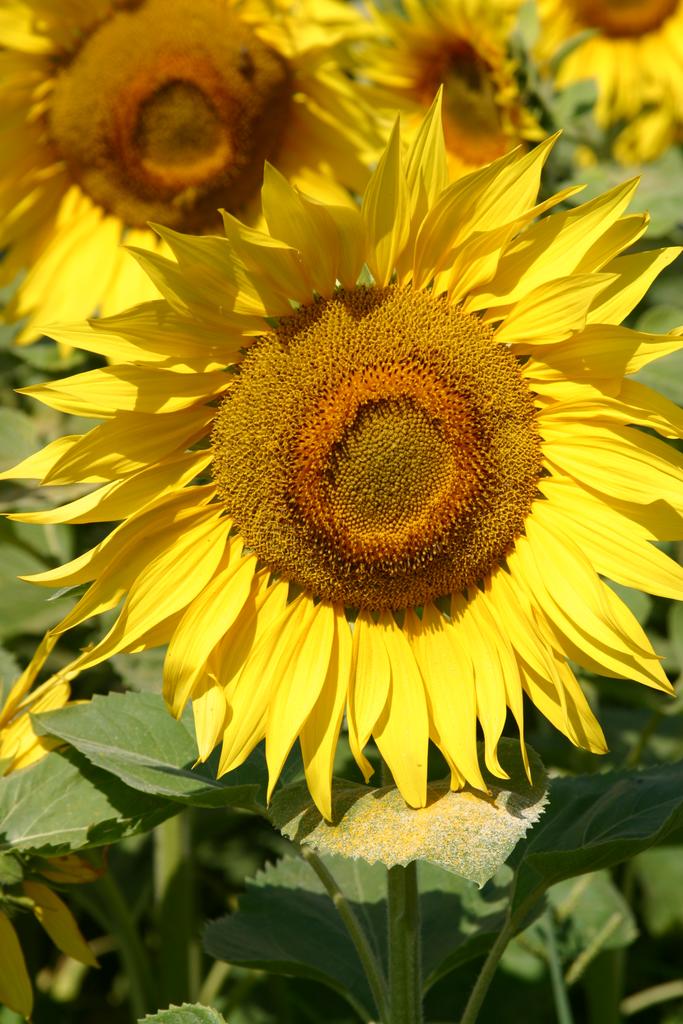
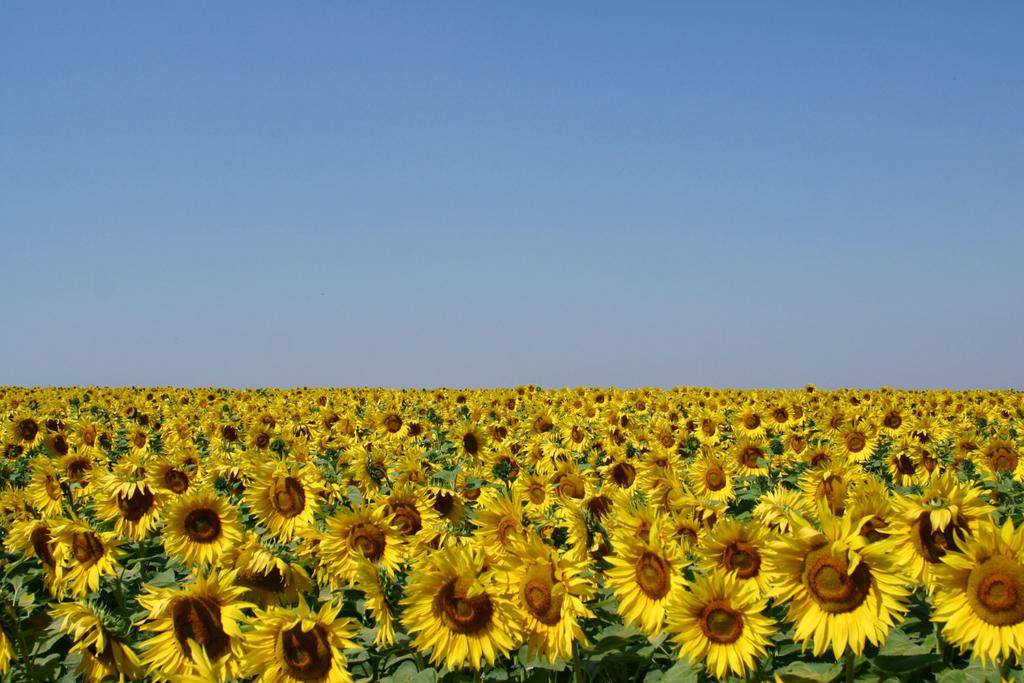
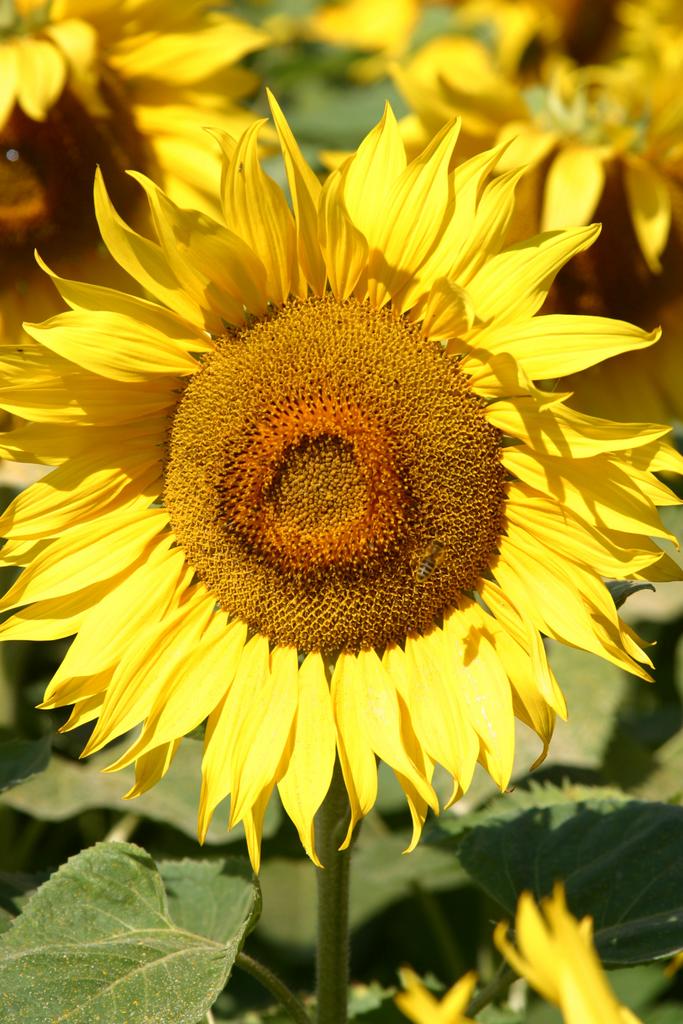
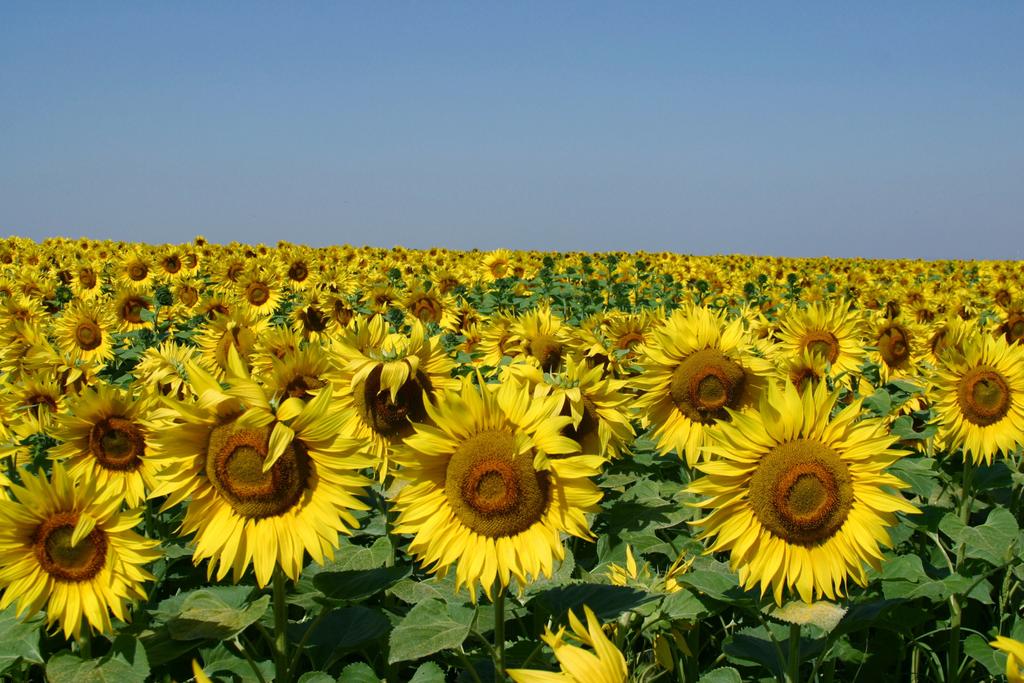
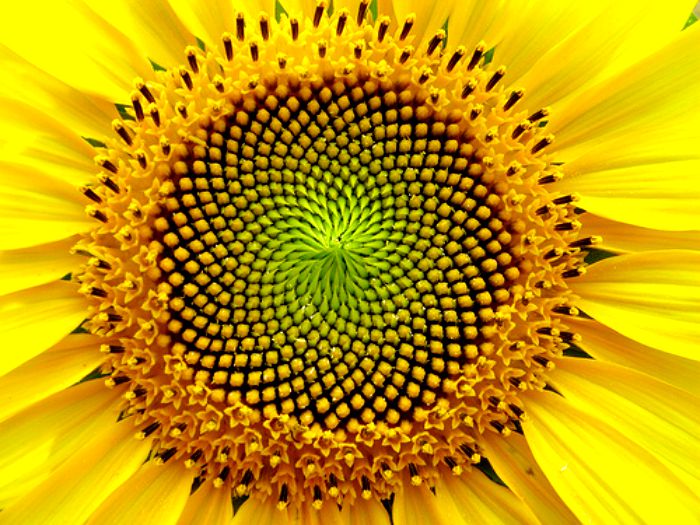
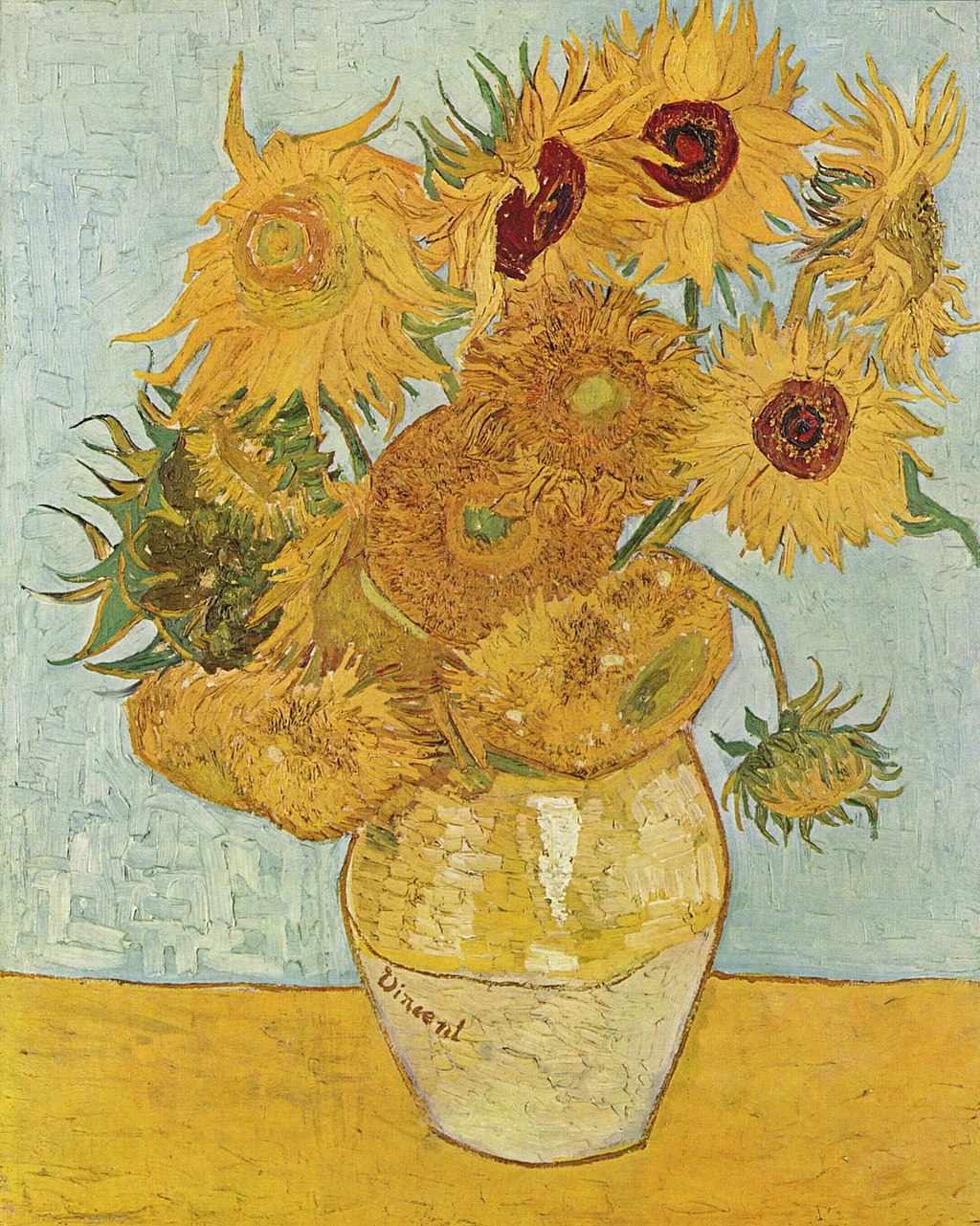
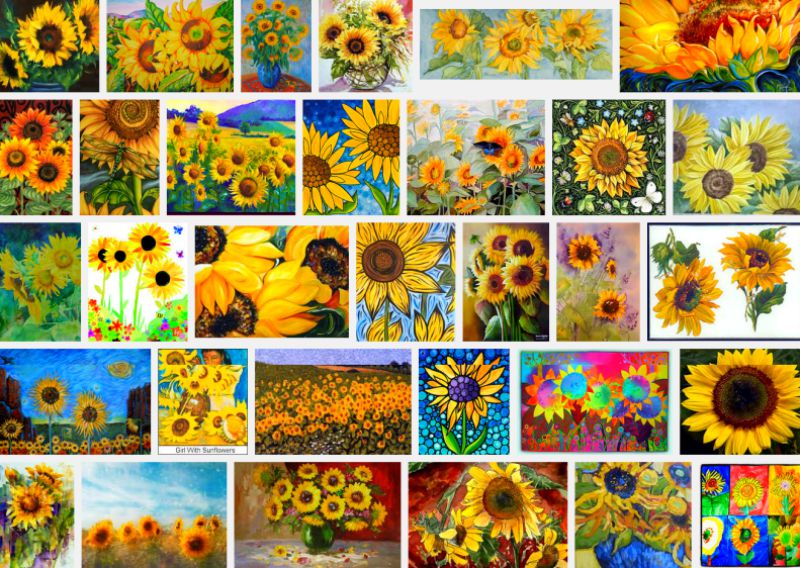
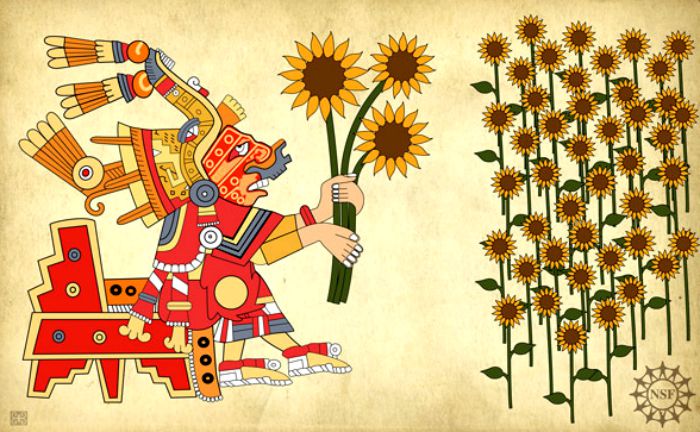
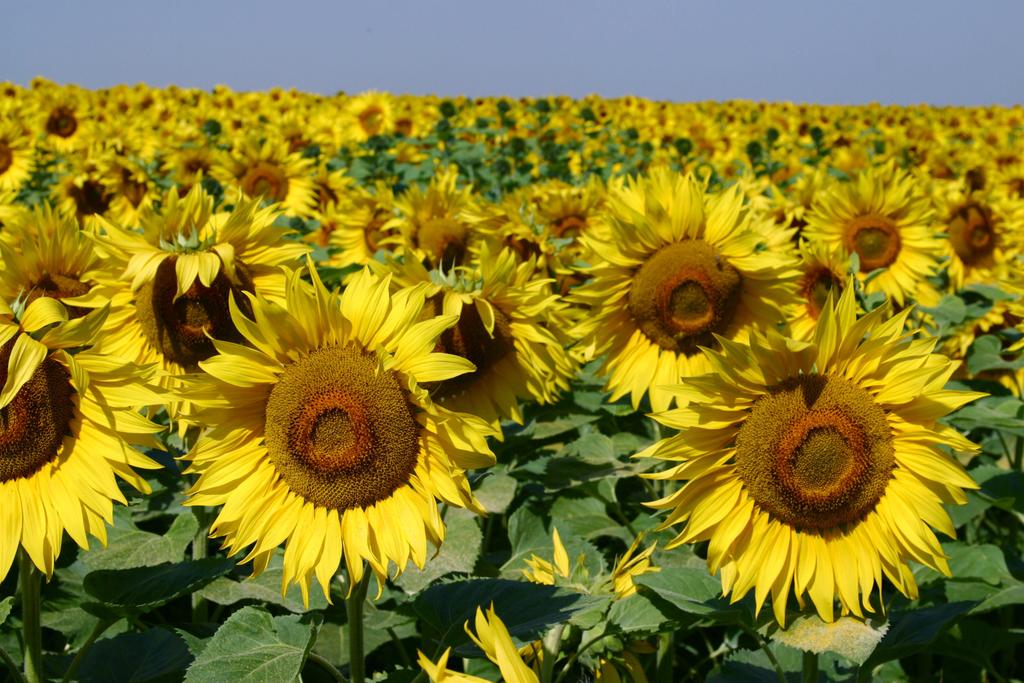
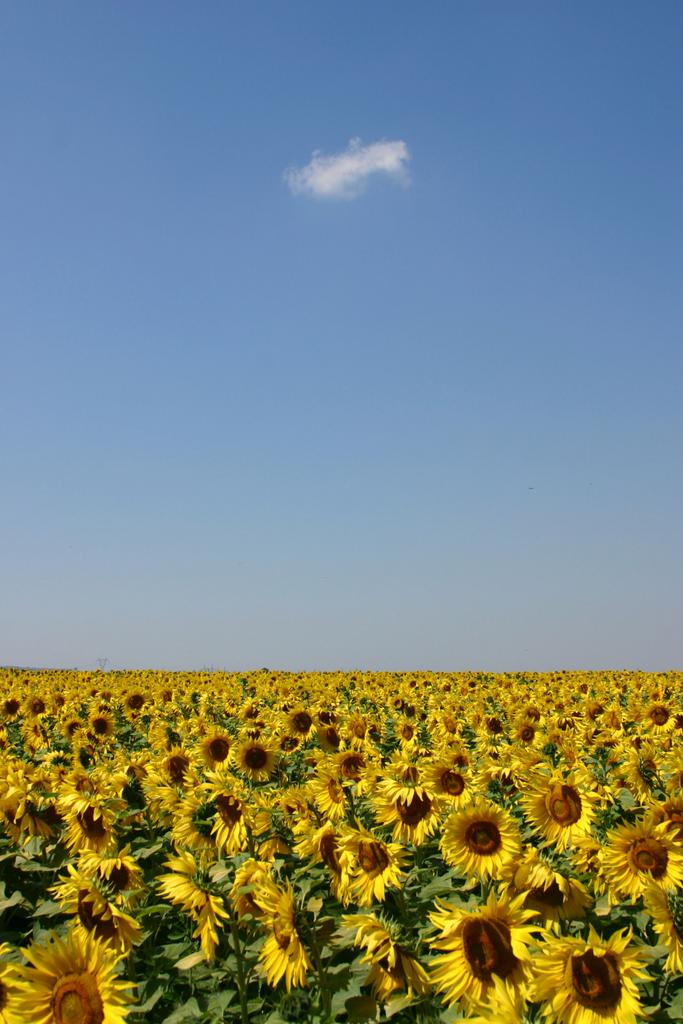
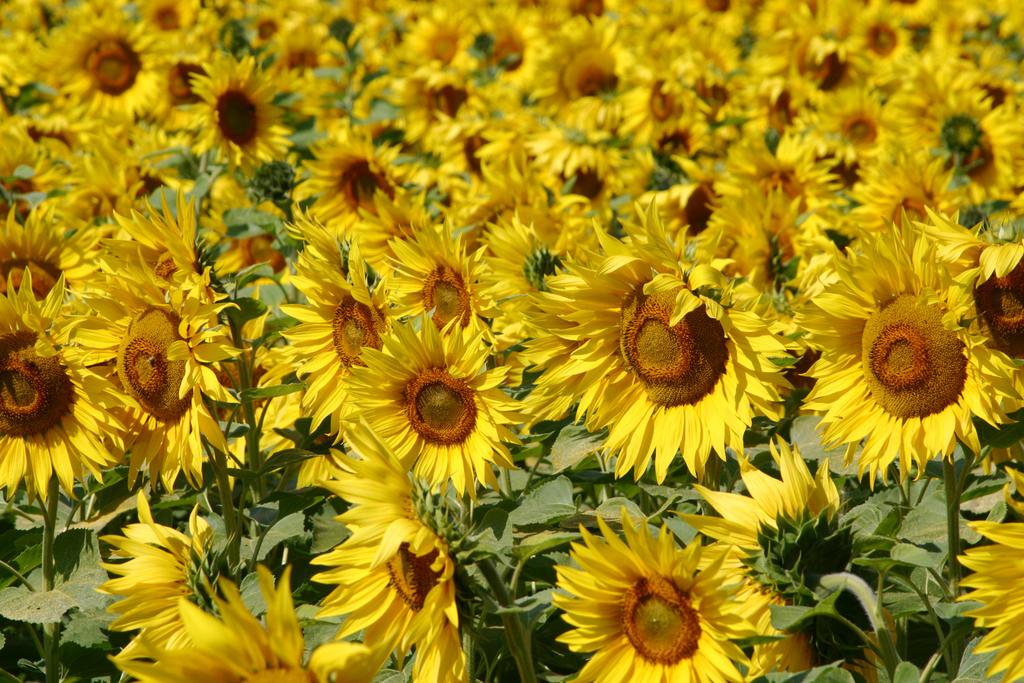
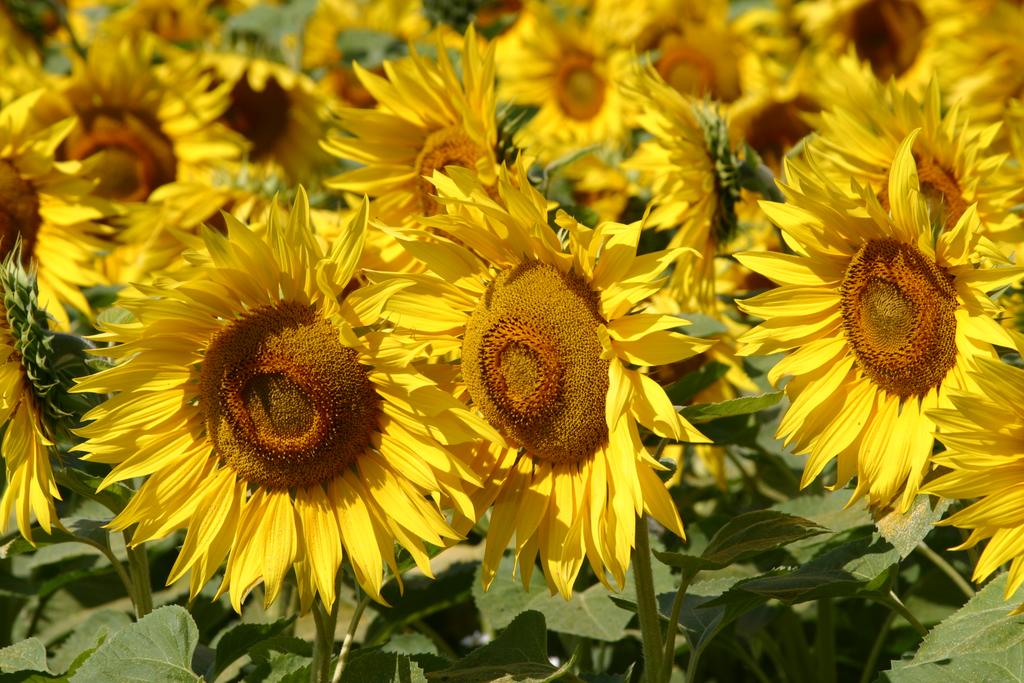
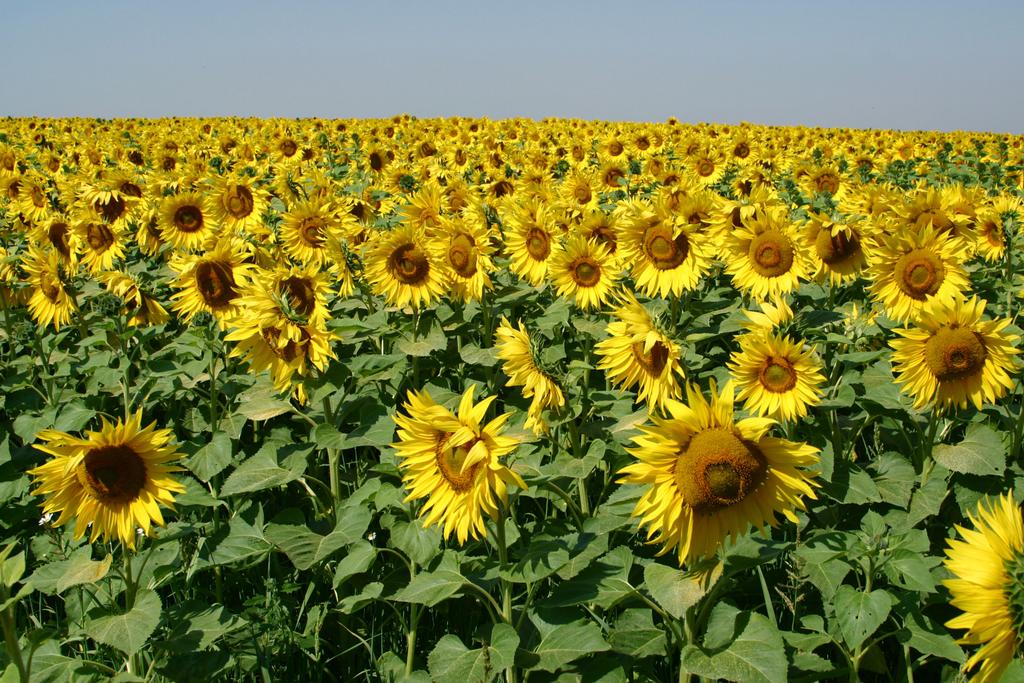
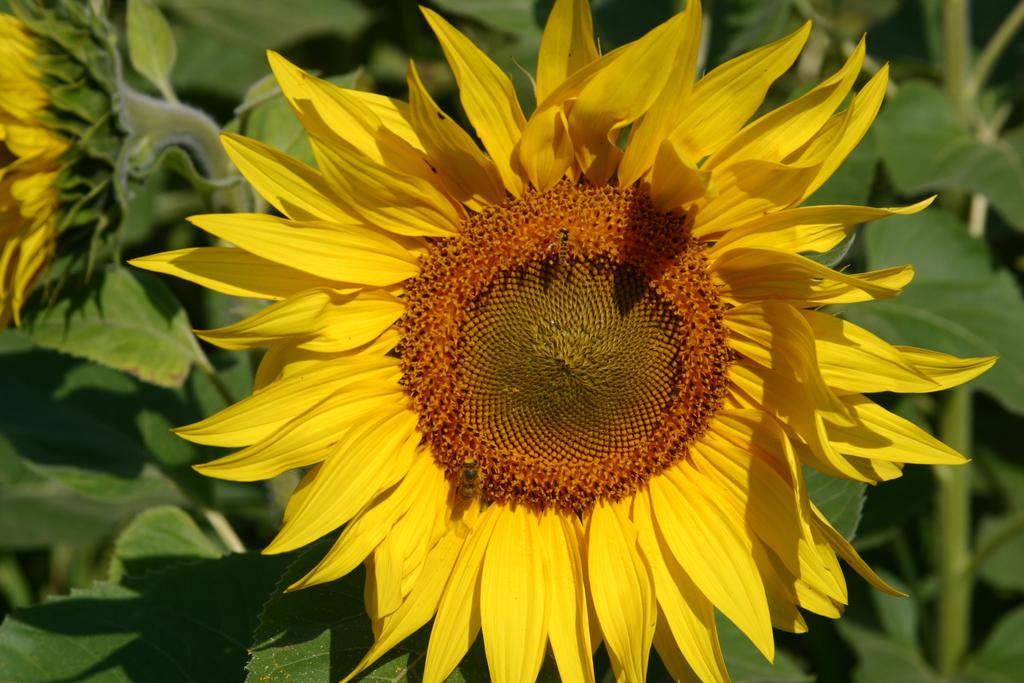
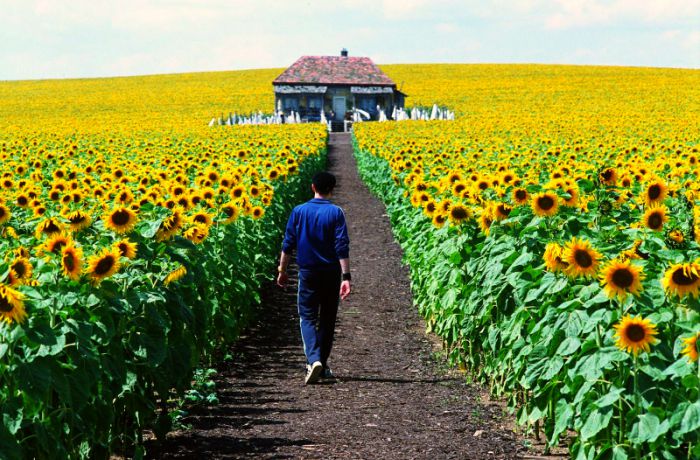

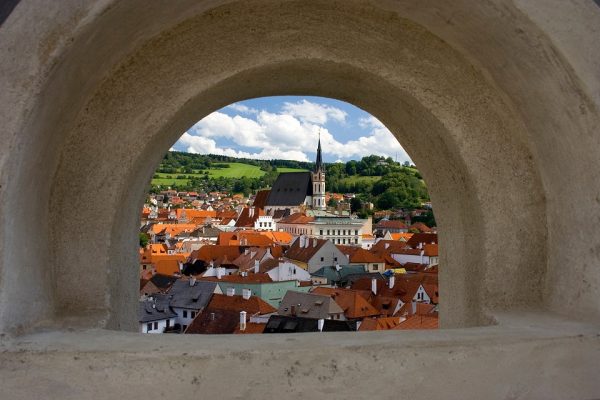

















Hello ktyka, did you know name place sunflower field in everything is illuminated.
This is a beautiful place. I loved this movie too.
We have a field like this in Nebraska and my grandpa always said the field reminded him of home. Now I can see why. I wish he would still be alive so I could share this with him. I love your site. It makes me remember where and who I came from.
Beautiful. Lovely. Incredible. Awesome. Amazing. I want to be there right now.
If I lived nearby, this would be my instagram world each and every day. ;)